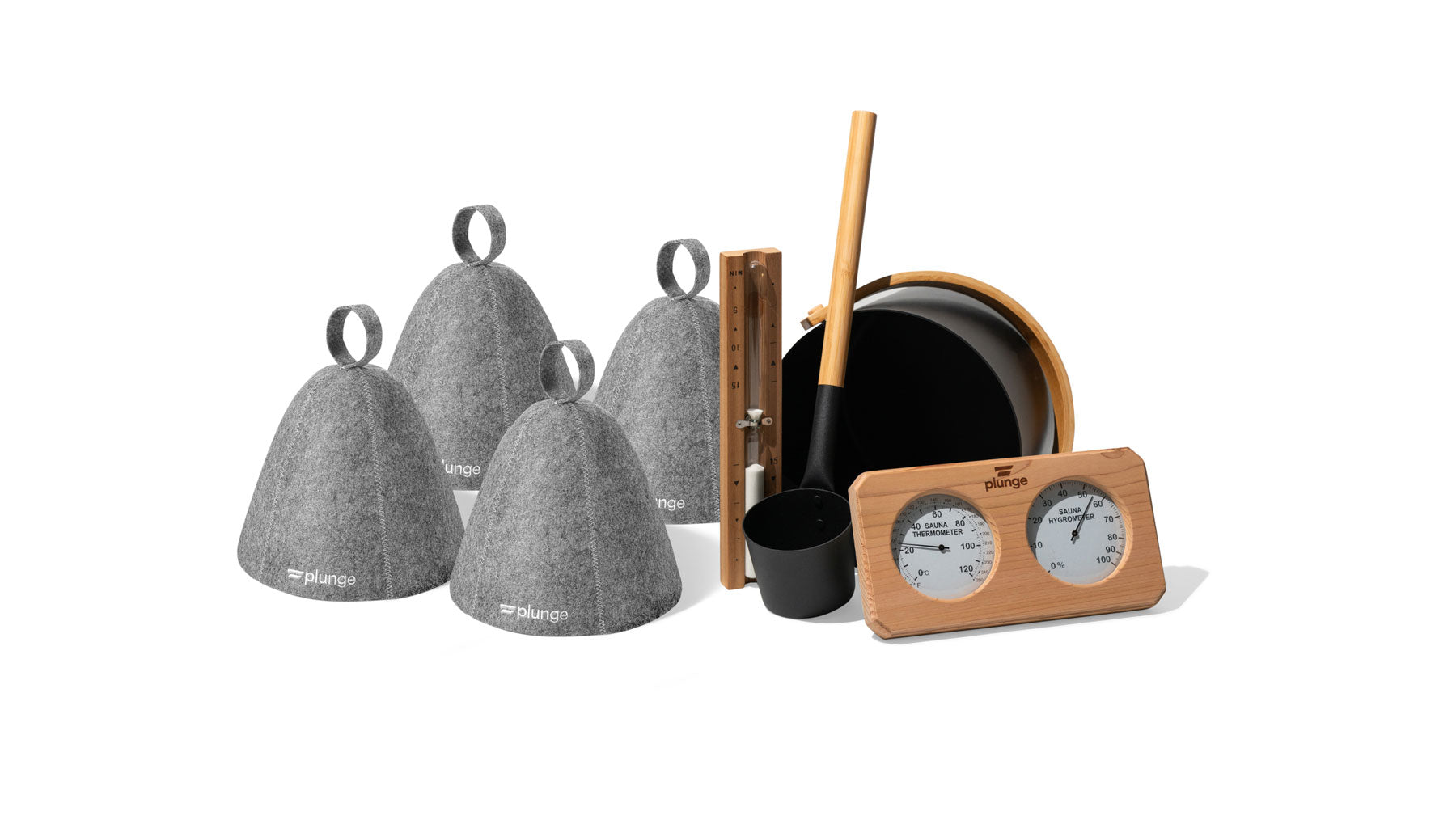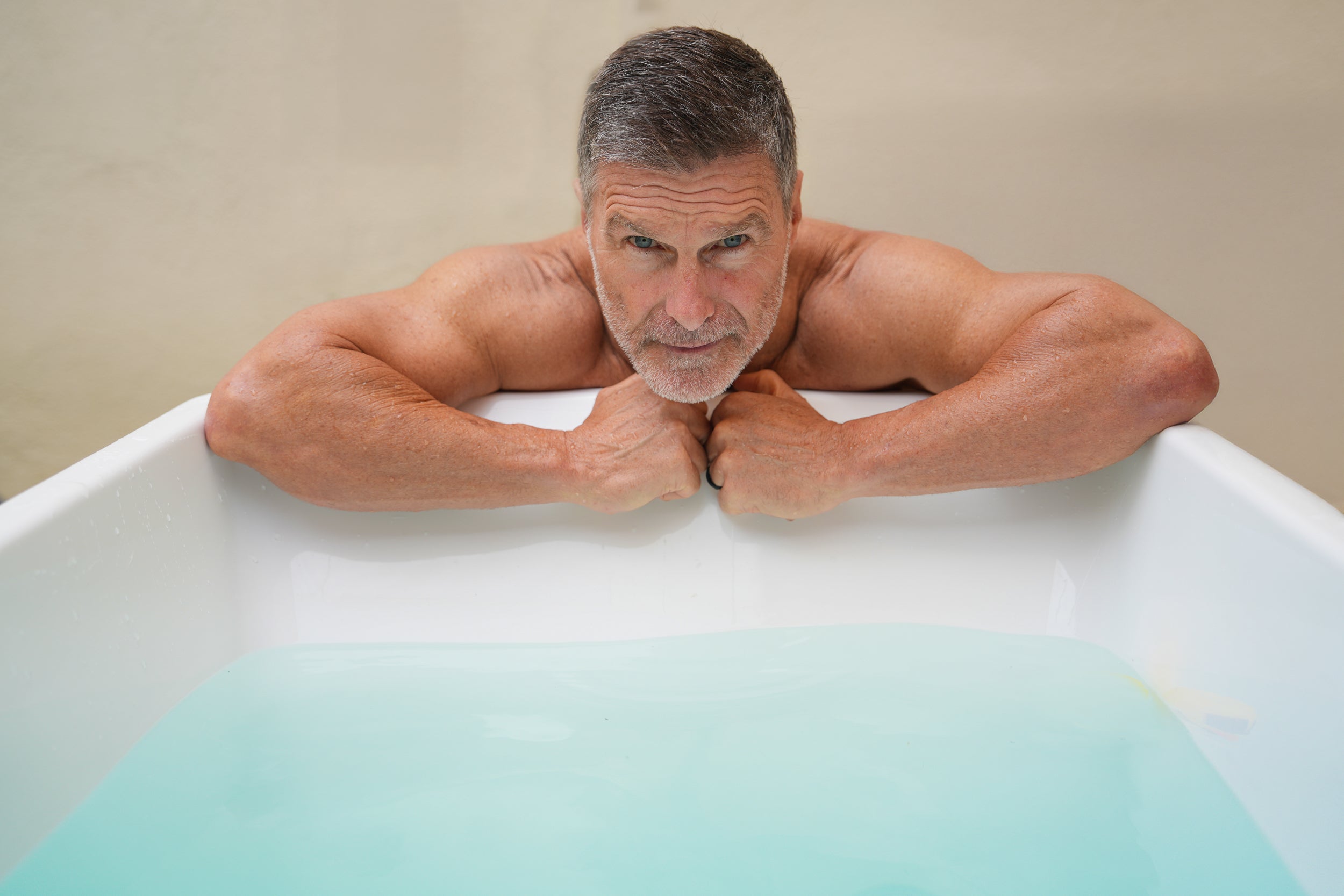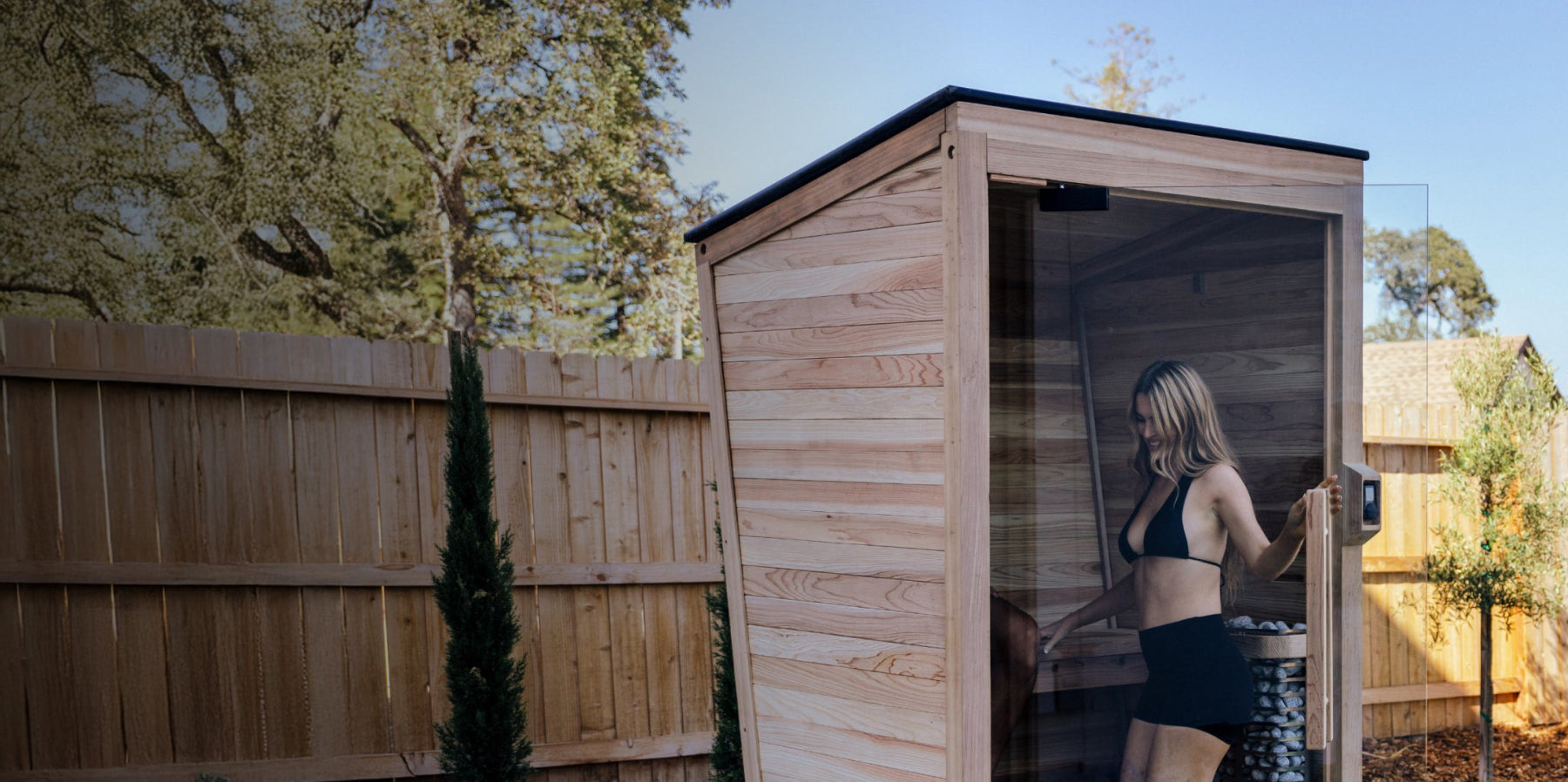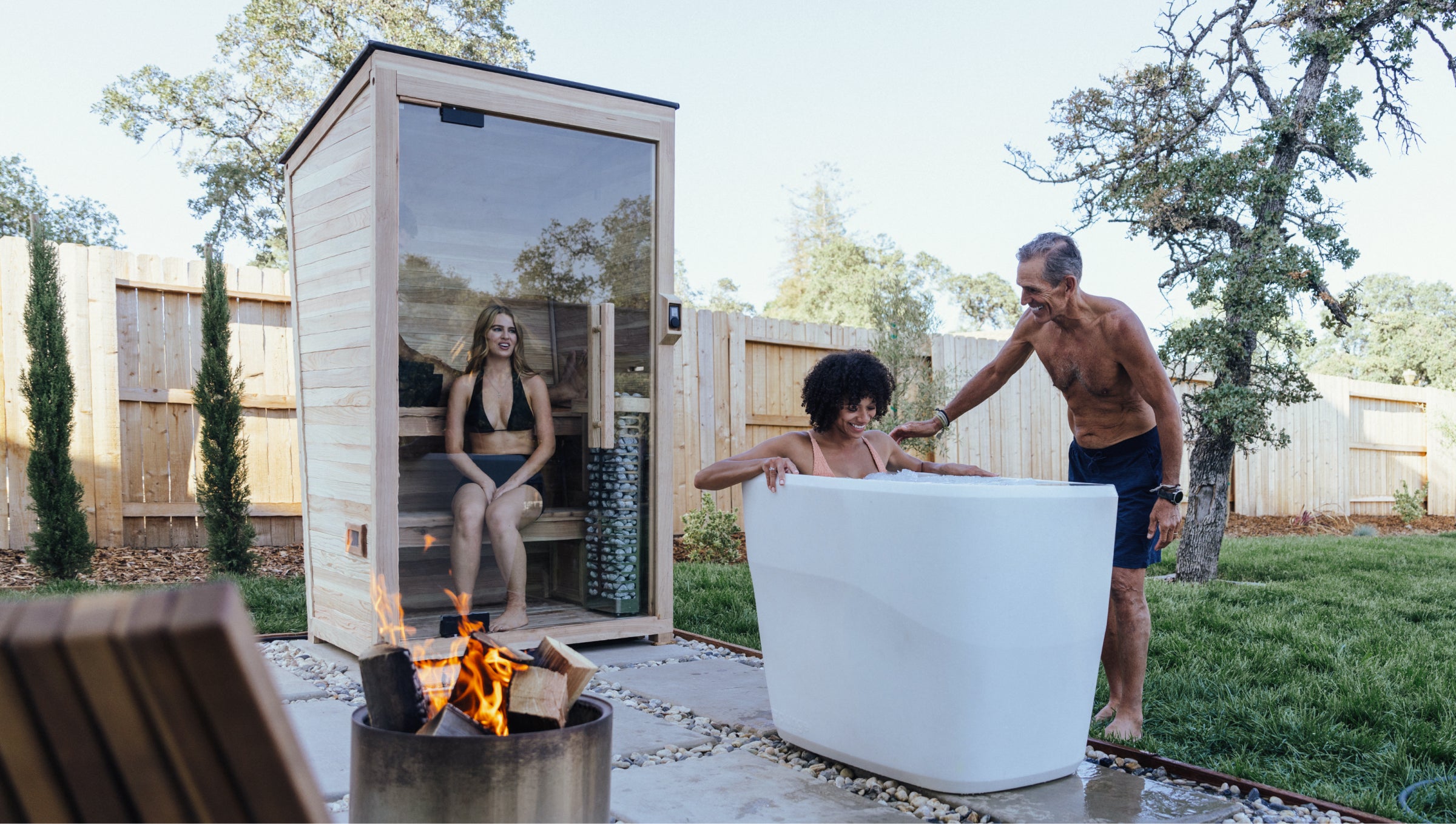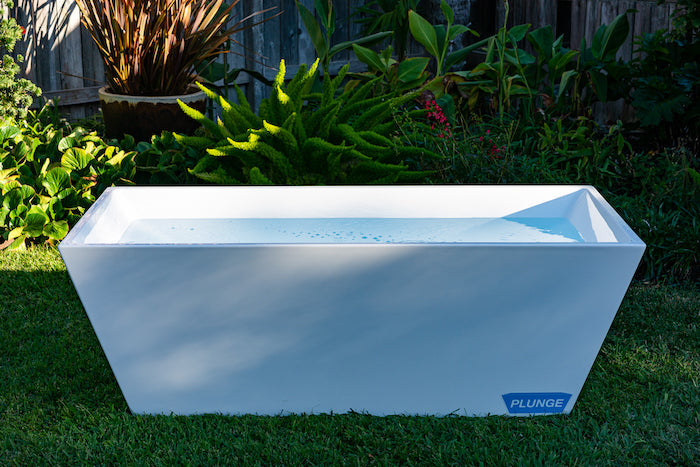
COLD WATER THERAPY AT HOME: HOW TO START (TOP METHODS)
Humans have been using cold water to treat and prevent various problems for centuries, but it hasn’t been until fairly recently that we’ve been able to practice cold therapy from the comfort of our own home. Before we dive into the top practical methods for getting started with cold water therapy, let’s recap what we know:
Why Cold Water Therapy is Effective
The human body is estimated to be about 70% water, which equates to about 10% of our total body weight. Our brains are 73% water, blood is 82%, and muscles and organs (excluding fat) are 75%. This high percentage of water makes the human body extremely sensitive to temperatures.
Our body temperature is kept within a narrow range (36-37°C or 97.5-98.6°F). Because the human body is so dependent on having an optimal temperature for all processes, it is not surprising that many studies have shown ice or cold water immersion can influence a wide range of metabolic and physiological processes.
Cold therapy can reduce pain and stiffness by decreasing inflammation and numbing the nerves. This allows patients to increase their activity levels, enhancing healing and reducing pain. Cold water can also affect the body's circulation system, slow down nerve impulses that cause pain, reduce muscle spasms, or relax tense muscles. Beyond the physical, cold plunging can also have significant benefits for mental health and resiliency. Needless to say, there are a lot of benefits of ice baths and cold therapy.
See our resources below for more information on the benefits of cold water therapy:
- 9 Incredible Benefits Of Cold Water Therapy
- How Ice Baths Help With Inflammation
- Mental Health Benefits Of Ice Baths
- Can Ice Baths Help With Weight Loss?
- Skincare Benefits Of Cold Therapy
- The Benefits Of Ice Baths After Hard Workouts
- Ice Bath Before Bed: Does It Help Sleep?
- Why I Pursue Resilience Through Cold Plunging
- 4 Benefits Of Ice Baths In The Winter
- Can Cold Plunging Ease Menopause & Menstrual Symptoms?
How to Start Cold Water Therapy At Home
Jumping right to a dedicated cold plunge might seem a little daunting, but there are ways that you can test the waters with some DIY methods from your own home first to see how it feels. While there are many different variations to try, these are the three most common methods to start cold water therapy at home:
Cold Showers
Perhaps the most accessible of the three, this simple and easy method can be used at any time. Just crank the water as cold as it will go, and do at least two minutes in the shower, trying to keep as much of your body in contact with the water as possible. This works great in the morning to wake you up, and some people even report it helping them sleep better by the end of the day (due to “re-calibrating” their circadian rhythm).
The main downside to cold showers vs. ice baths or similar methods is that you can’t completely control the water temperature and you can’t stay fully submerged, so you’re not going to get the same benefits. However, the benefit you will still get is building resiliency from doing a difficult thing, which is something to be proud of. And while it’s not the most effective way to experience cold water therapy, it can be a decent stepping stone to other methods.
It’s worth noting that the relative lack of benefits from cold showers often causes users to not want to continue with cold water therapy, assuming that this negative feeling will continue with other methods. However, submersion techniques like the ones we’re about to discuss typically result in much better experiences.
Outdoor Pool in the Winter
If you have an outdoor pool at home, this is a much more effective way to get started with cold plunging. Not only can outdoor pools get colder than your indoor shower, but the immersion of your body will give you a better feel for what trying cold water therapy is like. Because of this, it comes with a host of benefits that cold showers just don’t, making this a strong option for seeing if you want to pursue at-home cold therapy.
However, this does still have drawbacks — particularly when the weather warms, up or it’s raining or snowing outside. It’s just not feasible to keep your pool cold once the outside temperature gets above 60° or so. Not only does the size of a pool make it difficult to control the temperature, but you also have to contend with still being cold once you get out due to the outdoor air temperature.
DIY Ice Bath
Our final at-home DIY method does solve some of the problems from using an outdoor pool. The concept here is pretty simple: Find some kind of container that you can fit your entire body in, fill it with water and ice, and measure the temperature with a thermometer until it’s at the desired temperature. People have found that barrels or troughs work for this purpose. This makes the challenge of temperature control much more manageable, and is something you can do year-round, rain or shine.
We’ve also seen people use a freezer chest as an ice bath. However, this is not something we recommend from a safety perspective because forgetting to unplug the freezer before getting in can obviously be very dangerous. There are also other concerns about the lid closing while you are in the chest, which can also be very dangerous if it gets stuck or something falls on top of it.
Unfortunately, if you want to work ice baths into your regular routine, you’ll have to change out the ice and water every couple of days to keep it clean and working properly — which can cost around $8,000 per year. It’s also a huge pain to haul from the store into your house and deal with for every plunge set-up. While this might be the most effective DIY method to start cold water therapy at home, these issues can still add up over time, making a more permanent solution a better use of your time and money.
We also now offer inflatable cold plunges and ice baths for more accessible and affordable form factors.
At-Home Cold Therapy FAQs for Getting Started
How do you introduce yourself to cold therapy?
There are a number of options that can help you start cold water therapy from home, from cold showers to an outdoor pool during the winter to DIY ice baths in your tub. While these can be effective ways to get started, they all have significant drawbacks if you stick with them long-term (such as actual effectiveness, feasibility in warmer weather, or financial costs).
How cold do showers need to be to experience benefits?
Cold water therapy benefits tend to start once you get below 55°F. The coldest that most showers can get is around 50°F, which may be enough to start seeing some minor benefits, but not enough to experience the full impact of cold plunging. For example, our Plunge All-In can cool down to 37°F and submerge your entire body, making it much more effective in the long run.
Can I use my pool as a cold plunge?
Yes, you can start cold water therapy by using your outdoor pool during chillier months and the winter season. With it being exposed to the outdoor elements, just make sure you take preventative steps so it doesn’t actually freeze.
Can I use my bathtub for a cold plunge?
Filling your bathtub with cold water and/or ice is another option for starting cold water therapy at home. While effective and more controlled than an outdoor pool during the winter, this is also expensive to maintain over time and can cost you $8,000 per year in ice refills.
Do you ever get used to the discomfort associated with cold water?
Yes! As you cold plunge more (especially with methods that submerge your body), you will not only increase your resilience to it, but also start to see the physical and mental benefits of this amazing practice.
Ready to Upgrade? Try a Cold Plunge Tub
One of the most significant advantages of a dedicated Plunge tub is that it’s ready and waiting for you without any prep needed or time wasted. Our revolutionary Plunge uses powerful cooling, filtration, and sanitation to give you cold, clean water whenever you want it, making it far superior to any DIY ice bath or cold pool. If that wasn’t enough, smartphone connectivity and controls, an optional heater add-on, a quieter fan for a more peaceful plunging experience, and more make it the industry-leading solution.
The Plunge is safe for indoor or outdoor use and we've made installation truly plug-and-plunge. Fill your Plunge up with a hose, turn it on, set your temp (down to 37°F), and you're all set. We also offer financing options, and our products are eligible for HSA/FSA reimbursement! Learn more about our lineup of Plunge tubs and start your at-home cold water therapy today.
Medical Disclaimer: The information contained in this post is for informational and educational purposes only. It is not intended to provide medical advice or to take the place of such advice or treatment from a personal physician. All readers/viewers of this content are advised to consult their doctors or qualified health professionals regarding specific health questions or before embarking on any new health or wellness routine. Neither the author(s) nor the publisher of this content take responsibility for possible health consequences of any person or persons reading or following the information in this educational content. All viewers of this content, especially those taking prescription or over-the-counter medications, should consult their physicians before beginning any cold plunging routine or other health or wellness program.







